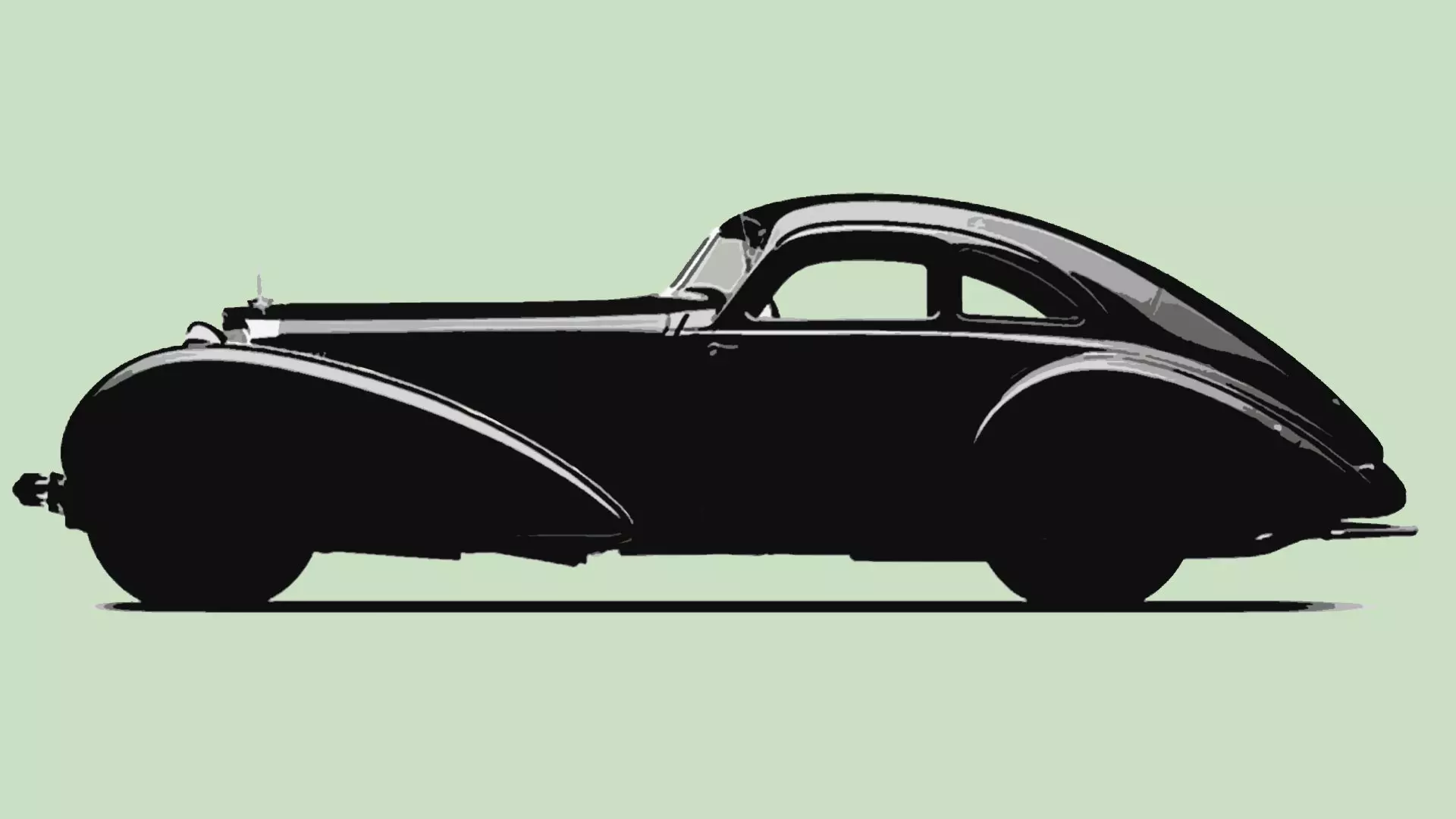I’ve never been to the Concours d’Elegance at Pebble Beach, but I’ve been to Monterey. It’s gorgeous — cool ocean air wafts in from the Pacific, over a picturesque small northern California town. Every year at the golf course, unique, one-off, and remarkably well-finished classic cars vie for titles. They’re rated on design, style, elegance, attention to detail. “Best in Show,” naturally, is the most coveted award reserved for the best of the best. This year, that honor was bestowed on a car that was allegedly a personal favorite of Adolf Hitler’s. The vehicle’s true history is murky, but its symbolism is not.
The Mercedes 540K you might have seen mentioned on Twitter, where it’s been quite a point of contention this week, was originally owned by a Spanish eye doctor who bought the car new in Germany in 1938 “apparently after having seen its twin at that year’s Paris Motor Show,” according to Paul Russell and Company, a restoration shop that worked on it. The historical specifics of this exact car, Chassis No. 408336, are not really relevant when you understand the context of the model.
Raphael Orlove of Jalopnik pulled a quote from an old writeup of this car which spells it out:
“The Berlin Motor Show opened in February 1934 with President von Hindenburg on his deathbed and Hitler preparing to take the final step to absolute power. With dramatic Reichs-Autobahns coursing relentlessly across Germany and the heavy tax on new cars abolished, a fresh era had dawned for the motor industry. No car at that March exhibition encapsulated the optimistic mood in manufacturing more than a magnificent black coupé on the Mercedes-Benz stand. Streamlining was all the rage and the special 500K, with its pontoon wings, long aggressive bonnet and lithe, fastback cabin, was the talk of the show.”
Orlove went on to point out what you’re hopefully already putting together in your head: Who was enjoying wealth and an “optimistic mood” in Germany in the 1930s? Yeah… the Nazis.
It doesn’t matter if the car was a personal gift from Hitler himself (as was alleged in 2004) or not; it’s quite literally a physical embodiment of a rise of evil into power. But according to the Pebble Beach judges, it was super pretty and nice-looking I guess.
Plantations are pretty too, I guess. Huge mansions on picturesque large plots of land, surrounded by gorgeous scenery. Bespoke woodwork and handcrafted interiors. Gorgeous Roman-style columns, grand ballrooms, and ornate staircases — houses that were owned by rich folks in the south.
How did they get rich? Well, on the backs of people they stole from Africa and were forced to make goods against their will. Thousands of slaves were beaten, raped, killed, and forced to work with no opportunities for freedom. It is a legacy that affects black people worldwide, everywhere, to this day.
And yet, people want to get married at these places. They want to live an antebellum fantasy, of being Southern royalty on a farm, where they’re tended to their every beck and call, waited on hand and foot. Slavery doesn’t matter, all that was a long time ago, even though the very thing they’re romanticizing for their own personal merriment is an ode to a horrible, horrible human tragedy. It’s their day, nothing else matters. It’s just a pretty house, right?
You’re seeing the connection now, yeah? This Mercedes winning the Concours d’Elegance is just like a plantation wedding. This car is not in a museum, as a historical artifact. This car was evaluated, venerated, celebrated, awarded, for its beauty and execution despite its past. It was not viewed in context as a larger part of history; its status as a gift to a person who helped orchestrate an attempt at ethnic cleansing, never mentioned. Its past is only blithely mentioned in passing as if it adds some sort of mystique or exoticness to the vehicle’s past. No mention of the millions killed, the generational pain, the lessons learned. It’s about the car, not the people. It’s just a pretty car, right?
In his post linked above, Orlove talked about the whitewashed platitudes that view WWII Germany as aspirational, the same platitudes that gave no context to the horrible atrocities committed. A Plantation isn’t just a house, either.
Looking at this car in its historical context is one thing. Hanging on to other items that could be traced back to evil roots (the VW Beetle, the jerry can fuel carrier, etc.) is another… that stuff has been co-opted and existed outside its Nazi origins. Polishing up and parading a Nazi trophy car around for its objective beauty alone is gross, just like hosting a lavish party at a mansion that’s effectively a monument to slavery.









